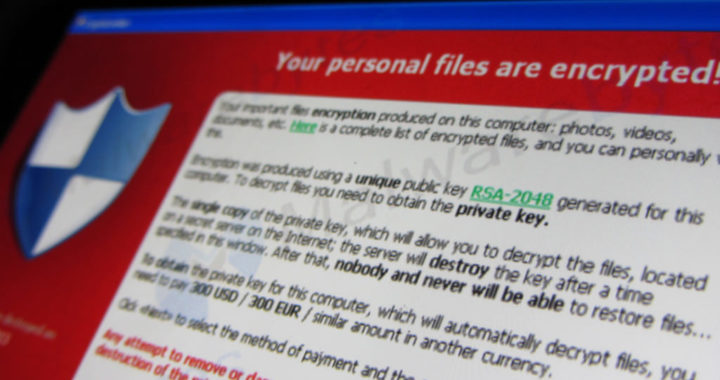The damage caused by ransomware is growing rapidly – growing approximately 50% more over the past year.
Cybersecurity Ventures (a security research firm) predicts that global ransomware will exceed $5 billion in damages over 2017 and into 2018.
Some believe that the rise in popularity of ransomware is due to the increase in value of cryptocurrencies like Bitcoin.
Hackers often hold sensitive data for ransom – in return for a Bitcoin payment.
And due to the anonymous nature of Bitcoin, it is virtually impossible to track.
Why are you being targeted by Ransomware?
Why are hackers targeting you with ransomware?
The answer to this is simply – for financial gain.
Hackers know that it’s a numbers game for them.
If they target enough people and hack enough computers, they know that some number of them will give in to the ransom.
And since they aren’t manually hacking each device, one by one (they have sophisticated programs that automatically search for and hack targets), it doesn’t matter to them who they target.
If you’ve got something valuable on your desktop or laptop, they’re willing to give it a shot.
And since their programs (also called “scripts” or “bots”) work tirelessly 24 / 7, the damages caused by ransomware is rising faster than any other form of malware.
What to look out for
Email is one of the favourite ways for hackers to inject ransomware into your devices.
There are a multitude of ways they get access to your email – sometimes they are sold by unscrupulous companies.
Other times they are stolen from these exact companies.
They also use programs called “scrapers” that crawl the internet to find your email address and add it to their list of people to spam.
Don’t believe it?
Try Googling for your own email address right now and see if it pops up on any websites.
If you’ve ever written your email on a forum or comment, your email might be indexed by Google.
Once they have your email, the smart ones will pretend to be someone you know or trust – this process is called “phishing” (pronounced like “fishing”).
For example, they may sent and email pretending to be someone from the government.
Or they might send you an email saying your password needs to be changed for a site you frequent.
Take caution when you get these kinds of emails and always check the sender’s email address.
How to prepare against Ransomware
1. Physical Backups
The best thing you can to do prepare against ransomware is to simply have backups of everything.
Since hackers use this as leverage when ransoming, having full backups lets you take this “power” away from them.
Having a physical backup on an external hard drive ensures that even if something does happen, you can at least recover any damages the hackers cause.
It’s important to keep this physical backup updated with new files regularly to ensure that if you do need to recover files, they’re up to date.
The advantage this method offers is that as long as the files on the hard drive are not infected, hackers have no way of getting to this source.
The downside is that you will need to manually update it every once in a while.
2. Digital Backups
Another alternative to physical backups is to use a digital (cloud-based) backup solution.
Some common examples include Google Drive, Dropbox and Microsoft OneDrive.
These services will provide you a folder on your device where you can save files in. Any files in this particular folder will be backed up automatically onto the cloud.
Any devices with the right app and your login will be able to access and sync to this cloud.
The advantage of this method is that everything is automated and updated regularly for you.
The downside is that you will have limited storage (usually around 10 GB free space) – beyond this, you will have to pay a monthly fee to obtain more storage space.
3. Always stay vigilant with unknown links and emails
One of the more common ways ransomware gets into your device is through harmful links – often sent through email.
While most of these phishing attempts end up in your spam folder, sometimes sneaky hackers can find ways into your main inbox.
If they do this, they’re also likely to do a background check on you to find out as much information as they can.
When they do, they will pretend to be someone you trust, or a source you often open emails from.
So always make sure to check where your emails are coming from and avoid clicking on links you don’t recognise.
4. Use an Antivirus / Firewall program
Make sure you are using an antivirus and / or firewall program (most of the common programs come with both).
These programs can often identify and block harmful websites or links before it can do damage.
It also scans files you download and quarantines them if they look suspicious.
Some popular examples of free antivirus software include Avast, Bitdefender, AVG and Panda Antivirus.
Do you need help securing your computer?
If you’re worried about the technical aspects of making backups for your devices and installing security software, then let us help.
Please feel free to contact Advanced Computers team at 094448823 for more details.
And for the readers of our newsletter and blog, we’re offering a $20 discount! Just let us know that you’re a subscriber and we’ll slash $20 off the quoted price.
We open 6 days a week (Mon-Fri 9:30am – 6pm, Sat 10am – 4pm).



